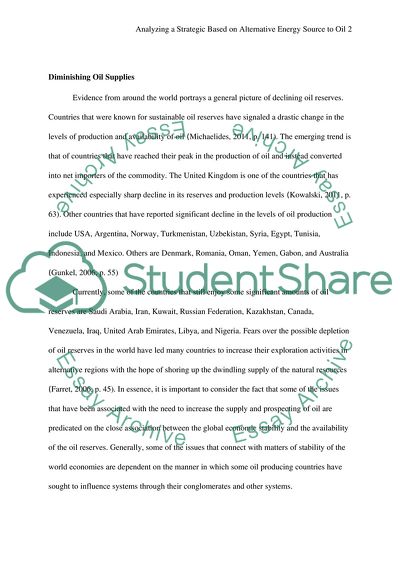Cite this document
(The Production of Sound Frameworks and Systems for the Development Research Paper, n.d.)
The Production of Sound Frameworks and Systems for the Development Research Paper. Retrieved from https://studentshare.org/agriculture/1797925-analysing-a-strategic-based-on-alternative-energy-source-to-oil
The Production of Sound Frameworks and Systems for the Development Research Paper. Retrieved from https://studentshare.org/agriculture/1797925-analysing-a-strategic-based-on-alternative-energy-source-to-oil
(The Production of Sound Frameworks and Systems for the Development Research Paper)
The Production of Sound Frameworks and Systems for the Development Research Paper. https://studentshare.org/agriculture/1797925-analysing-a-strategic-based-on-alternative-energy-source-to-oil.
The Production of Sound Frameworks and Systems for the Development Research Paper. https://studentshare.org/agriculture/1797925-analysing-a-strategic-based-on-alternative-energy-source-to-oil.
“The Production of Sound Frameworks and Systems for the Development Research Paper”, n.d. https://studentshare.org/agriculture/1797925-analysing-a-strategic-based-on-alternative-energy-source-to-oil.


